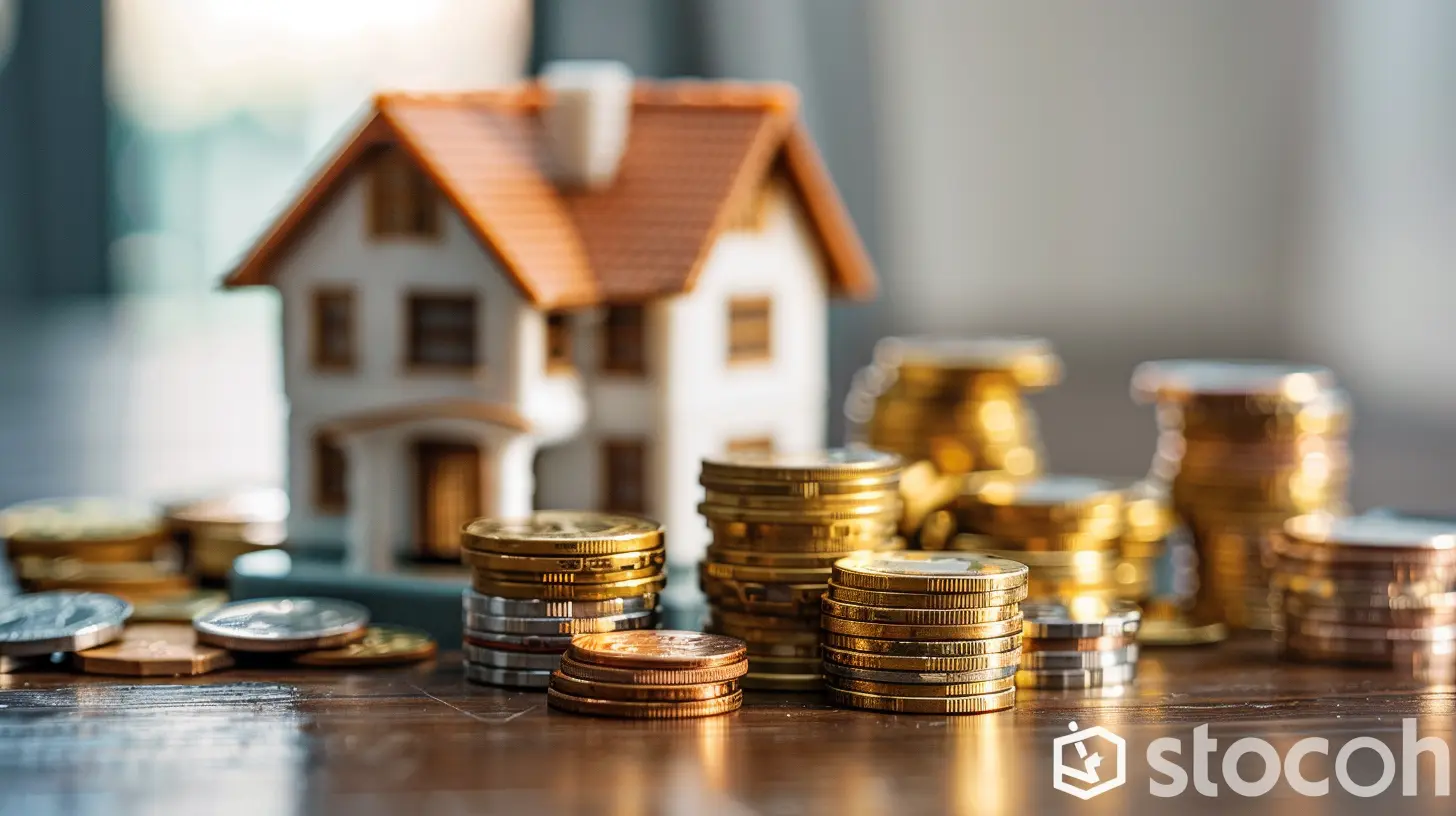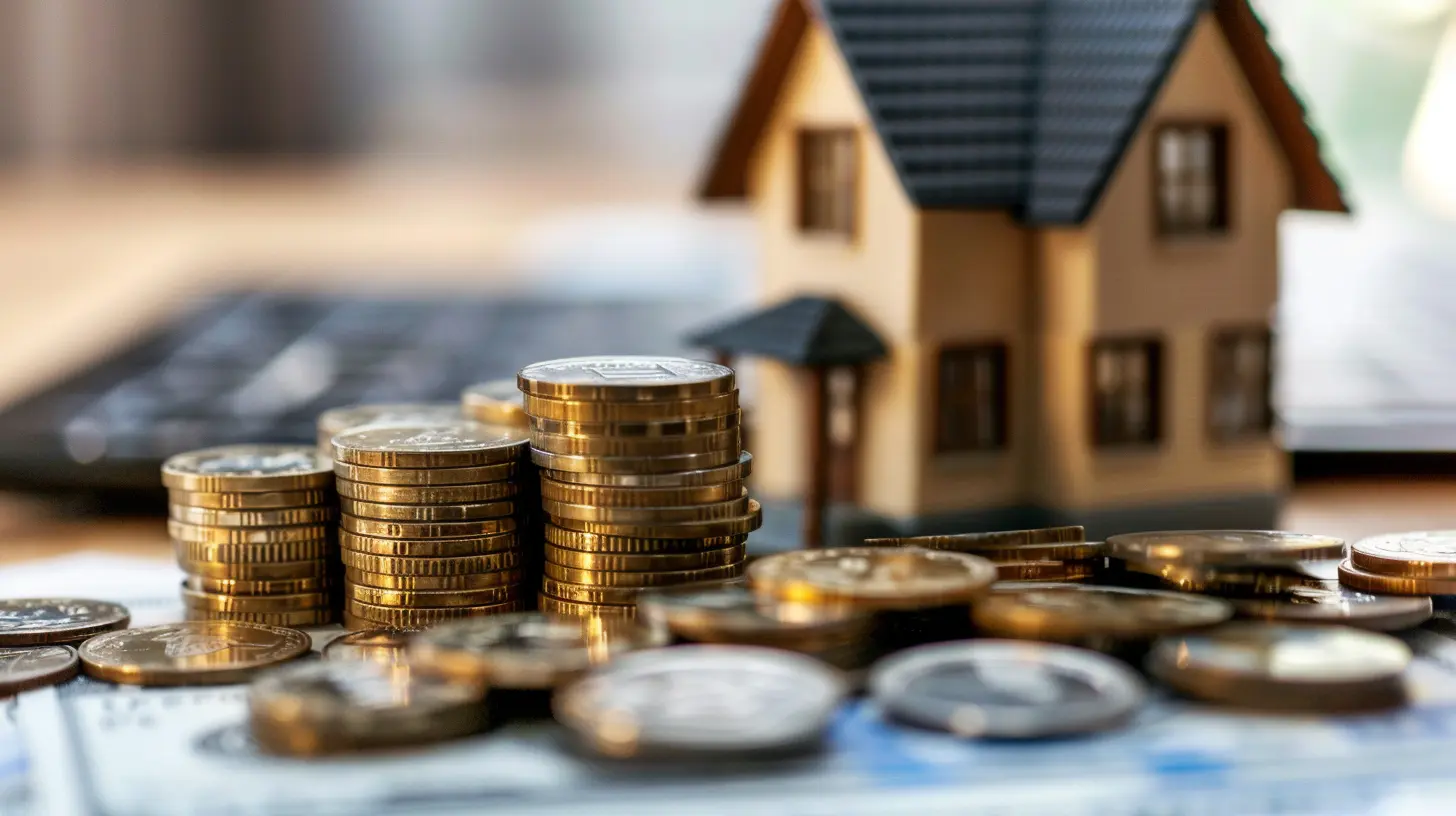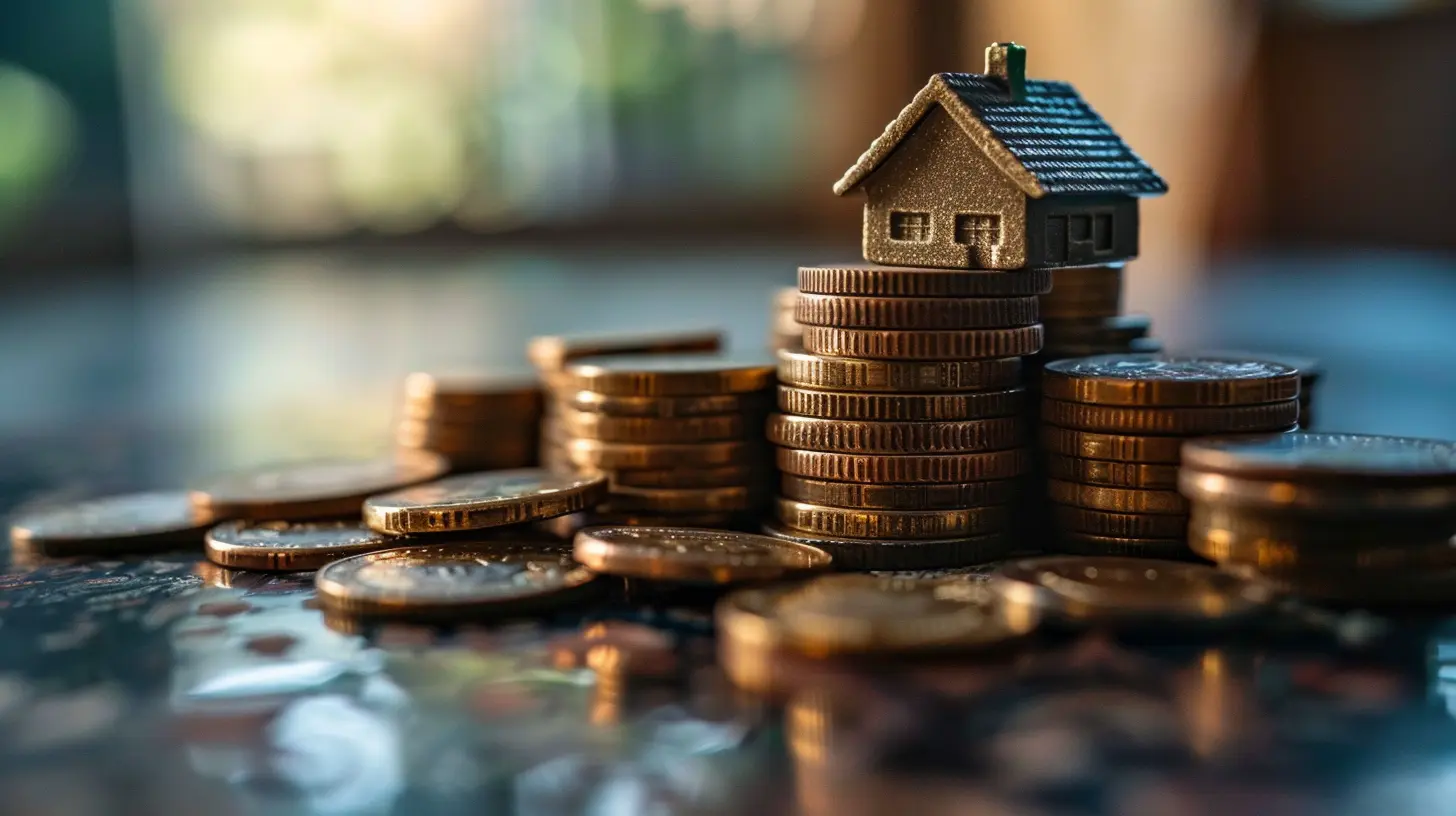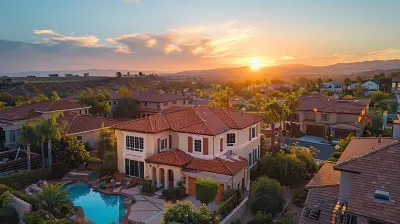15 April 2025
Buying your first home is an exciting milestone, but let’s be honest—it’s also a bit overwhelming. Between figuring out how much you can afford, saving for a down payment, and navigating mortgage options, the entire process can feel like a financial maze.
But don’t worry! With the right budgeting strategy, you’ll not only make your dream home a reality, but you’ll also do it without stretching yourself too thin. Let’s break it down step by step, so you can confidently budget for your first home. 
Why Budgeting Matters for First-Time Homebuyers
Before we dive into the nitty-gritty, let’s talk about why budgeting is essential.Buying a home is likely the biggest purchase you'll ever make. Without a solid financial plan, you could end up house-poor—meaning all your money goes into your home, leaving little room for savings, travel, or unexpected expenses.
Budgeting helps you:
✅ Know how much home you can afford
✅ Set realistic savings goals
✅ Avoid unnecessary debt
✅ Feel financially secure after moving in
Now, let’s get started with the first step! 
1. Assess Your Financial Situation
Before setting your sights on a dream home, take a close look at your finances. Ask yourself:- How much do I earn each month?
- What are my monthly expenses? (Rent, utilities, groceries, etc.)
- How much debt do I have? (Loans, credit cards, etc.)
- Do I have an emergency fund?
A good rule of thumb is to have three to six months’ worth of living expenses saved up before buying a house. This safety net ensures you won’t be financially strained if unexpected costs arise. 
2. Determine Your Homebuying Budget
How Much House Can You Afford?
Lenders use a formula called the 28/36 rule to determine affordability:- You should spend no more than 28% of your gross monthly income on housing costs (mortgage, property taxes, and insurance).
- Your total debt (including credit cards, car loans, and student loans) should not exceed 36% of your gross monthly income.
Let’s say you earn $5,000 per month before taxes:
- 28% of $5,000 = $1,400 (maximum affordable mortgage payment)
- 36% of $5,000 = $1,800 (maximum total debt payments)
If you already have student loans or car payments, you’ll need to factor those in to ensure you stay under the limit. Staying within these guidelines can prevent financial stress down the road. 
3. Save for the Down Payment
Your down payment is a key part of your homebuying budget. The more you put down, the less you’ll have to borrow—and the lower your monthly mortgage payment will be.How Much Do You Need?
- Conventional loans typically require 5-20% down.- FHA loans allow as little as 3.5% down.
- VA loans and USDA loans might offer zero down payment options if you qualify.
For a home priced at $300,000, here’s what the down payment looks like:
- 20% down ($60,000) – Lower mortgage, no PMI (Private Mortgage Insurance)
- 10% down ($30,000) – Higher mortgage, PMI required
- 3.5% down ($10,500) – Lowest upfront cost, but higher monthly payments
If saving for a down payment seems daunting, don’t worry! Here are some tips:
✅ Open a high-yield savings account for your down payment fund
✅ Automate monthly transfers into savings
✅ Cut unnecessary expenses (eating out, subscriptions, impulse purchases)
✅ Look into down payment assistance programs in your state
4. Budget for Additional Costs
Many first-time buyers focus only on the down payment and mortgage payment—but there are plenty of other costs to consider.Closing Costs
These fees cover lender charges, title insurance, home inspections, and more. Closing costs usually range from 2-5% of the home price. On a $300,000 home, that’s $6,000 to $15,000.Moving Expenses
Hiring movers, renting a truck, or buying new furniture can cost anywhere from a few hundred to several thousand dollars.Property Taxes & Home Insurance
These vary by state but can add several thousand dollars to your annual budget.Home Maintenance & Repairs
Experts recommend setting aside 1-3% of your home’s value per year for upkeep. If your house costs $300,000, that's $3,000 to $9,000 annually.Planning for these hidden costs will save you from financial surprises later.
5. Get Pre-Approved for a Mortgage
Before you start house hunting, it’s essential to get pre-approved for a mortgage. This gives you a clear picture of how much you can borrow and shows sellers you’re a serious buyer.What You Need for Pre-Approval
Lenders will check your:✅ Credit score
✅ Income and employment history
✅ Debt-to-income ratio
✅ Savings and assets
A good credit score (typically above 620) can help you secure a lower interest rate, saving you thousands over the life of your loan. If your score needs improvement, focus on paying down debt and making payments on time.
6. Stick to Your Budget & Avoid Overspending
It’s easy to fall in love with a gorgeous home that stretches your budget—but resist the temptation! Buying more house than you can afford can lead to financial stress and regret.Tips to Stay on Track:
- Set a firm price limit before house hunting.- Prioritize must-haves over nice-to-haves.
- Avoid emotional decision-making.
- Factor in all costs, not just the mortgage.
Remember, financial stability is just as important as finding the perfect home. Staying within your budget will allow you to enjoy homeownership without constant money worries.
Final Thoughts
Budgeting for your first home doesn’t have to be overwhelming. With careful planning and smart saving habits, you can confidently step into homeownership without financial strain.By assessing your finances, saving for a down payment, factoring in additional costs, and sticking to a realistic budget, you’ll set yourself up for a stress-free homebuying experience.
So, are you ready to take the plunge into homeownership? Start budgeting today, and before you know it, you’ll be unlocking the front door to your dream home!




Zadie Anderson
This article beautifully captures the essentials of budgeting for a first home. Such insightful guidance can truly transform the journey to homeownership!
April 16, 2025 at 12:57 PM